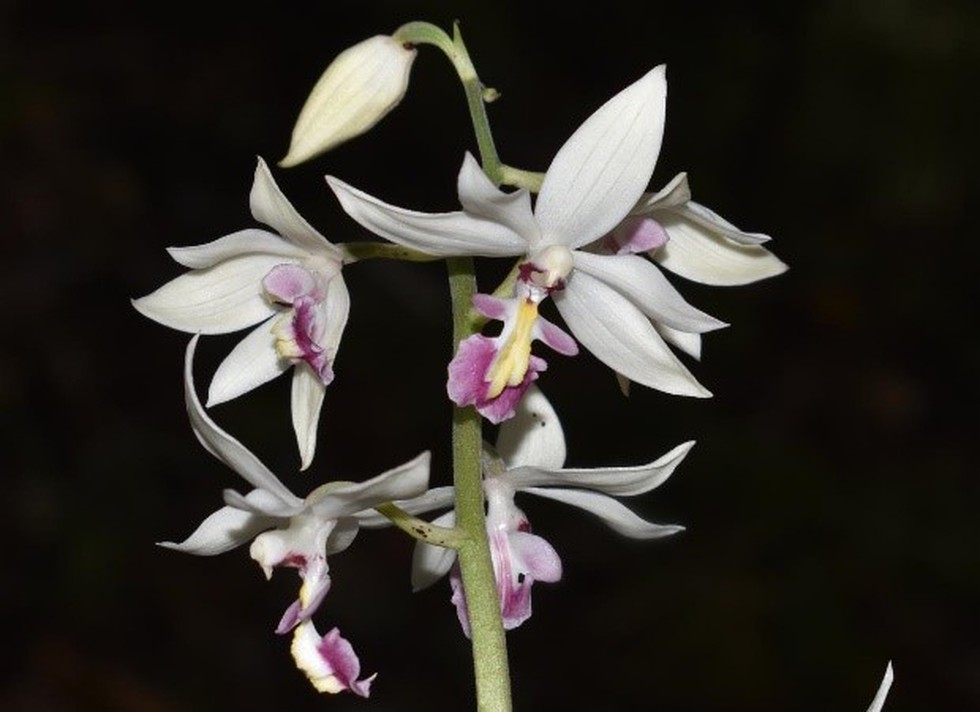
About floral and faunal database:
- The faunal discoveries are compiled in a publication by Zoological Survey of India (ZSI) titled Animal Discoveries - New Species and New Records 2023,
- The floral discoveries are contained in Plant Discoveries 2022 published by the Botanical Survey of India (BSI).
New Discoveries:
- India added 664 animal species to its faunal database in the year 2022. These comprise 467 new species and 197 new records [species found in India for the first time].
- The country also added 339 new plant taxa – 186 taxa that are new to science and 153 taxa as new distributional records from the country in 2022.
- Among the major fauna species discovered are three new species and one new record of mammals; two new records of birds;
- 30 new species and two new records of reptiles; six new species and one new record of amphibia; and 28 new species and eight new records of fish.
- The mammal species discovered include two species of bats –
- Miniopterus phillipsi, a long-fingered bat, and
- Glischropus meghalayanus, a bamboo-dwelling bat – both from Meghalaya.
- Sela macaque (Macaca selai), a new macaque species discovered in the western and central Arunachal Pradesh and named after the Sela Pass, is also among the highlights of Animal Discoveries 2022.
The new records include:
- Macaca leucogenys, a white-cheeked macaque earlier found in Modog, southeastern Tibet, and sighted in India for the first time in 2022 in West Siang, Arunachal Pradesh.
- Ficedula zanthopygia, the yellow-rumped flycatcher, earlier known from Mongolia, Transbaikal, southern China, Korea, western Japan, and found last year in Narcondam Island of the Andaman archipelago.
- The maximum number of new faunal discoveries has been of invertebrates with 583 species, while vertebrates constitute 81 species.
- Insects dominate among invertebrates with 384 species, whereas fish dominated among vertebrates, followed by reptiles, amphibia, mammals and aves.
Plant Discoveries 2022’ contains an enumeration of 339 taxa, which have been added to the Indian flora during 2022. These comprise 319 species, and 20 infraspecific taxa as new to the Indian flora. Of these, 186 taxa are new to science and 153 taxa are new distributional records from India.
The new discoveries:
- 37% are of seed plants, 29% fungi, 16% lichen, 8% algae, 6% bryophytes, 3% microbes and remaining 1% pteridophytes. About 21% of the total discoveries were made from the western Himalayas followed by 16% from the Western Ghats.
- The Plant Discoveries 2022, include 125 angiosperms, one gymnosperm, five pteridophytes, 19 bryophytes, 55 lichens, 99 fungi, 27 algae and nine microbes.
- Among the new genus of plants discovered are Nandadevia Pusalkar, a genus common throughout the foothills and warm outer valleys of the Uttarakhand Himalayas, and Nilgiriella Pusalkar, endemic to the southern Western Ghats of India and distributed in Karnataka, Kerala and Tamil Nadu.
- Among the new records in orchid species, Calanthe lamellosa, earlier recorded in China and Myanmar, and found for the first time in India in the Japfu mountain range in Kohima, Nagaland.
2. National Sickle Cell Anaemia Elimination Mission
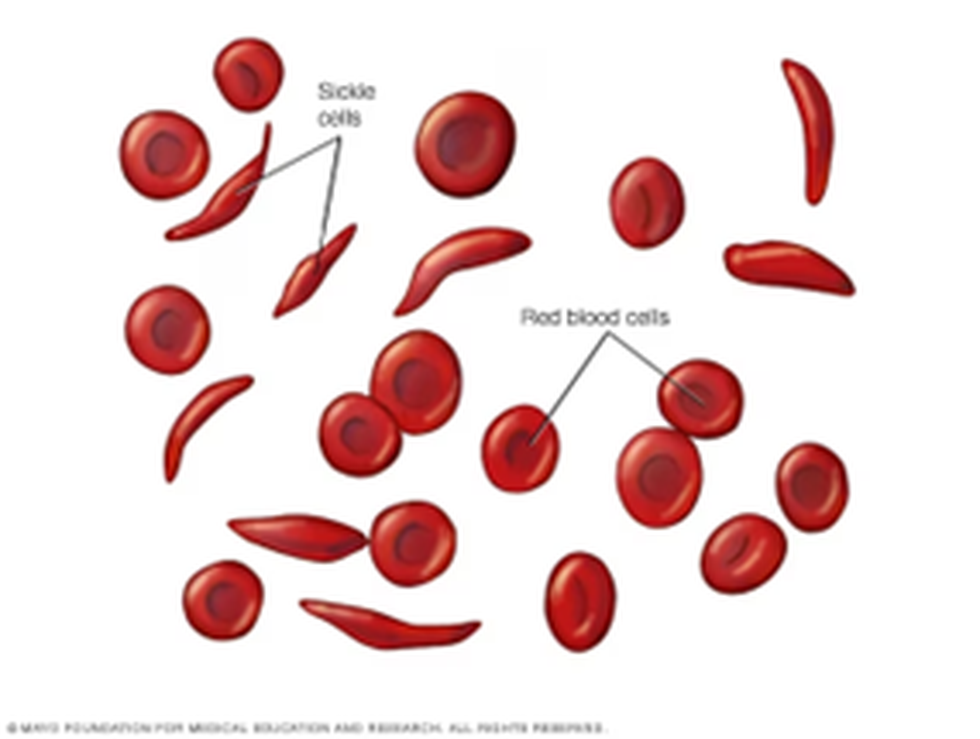
About the National Sickle Cell Anaemia Elimination Mission:
- The Mission aims to address the pressing health challenges posed by sickle cell disease, particularly among the tribal population, will mark a crucial milestone in the Government’s ongoing efforts to eliminate sickle cell disease as a public health problem by 2047.
- Objectives of the Mission:
- Provision of affordable and accessible care to all SCD patients
- To ensure quality of care for SCD patients
- To reduce the prevalence of SCD
- Health promotion- Awareness generation & pre-marital genetic counselling
- Prevention: Universal screening and early detection
- Holistic Management & continuum of care: Management of persons with sickle cell disease at primary, secondary and tertiary health care levels; treatment facilities at tertiary health care facilities Patient support system Community adoption.
About Sickle Cell disease:
- Sickle cell disease is a group of inherited red blood cell disorders that affect haemoglobin, the protein that carries oxygen through the body.
- The red blood cells are disc-shaped and flexible enough to move easily through the blood vessels. If people have sickle cell disease, their red blood cells are crescent or “sickle” shaped.
- These cells do not bend or move easily and can block blood flow to the rest of their body leading to serious problems, including stroke, eye problems, infections, and episodes of pain called pain crises.
- As per the Census 2011, India has an 8.6% tribal population, which is 67.8 million across the Indian states.
- The MoHFW tribal health expert committee report has listed sickle cell disease as one of the 10 special problems in tribal heath that affect the tribal people disproportionately, thus making this an important intervention.
- The program will be carried out in a mission mode covering the entire population from zero to 18 years of age and shall incrementally include the entire population up to 40 years as a part of National Health Mission.
- In the initial stage, the mission would prioritise its intervention in high prevalence and tribal states/UT, the plan would subsequently expand to include all states/UTs in a phase-wise manner with an incremental approach.
- The mission aims to cover 7 crore people with screening, counselling for prevention and care for people with SCD in three and half years.
3. Water Mission
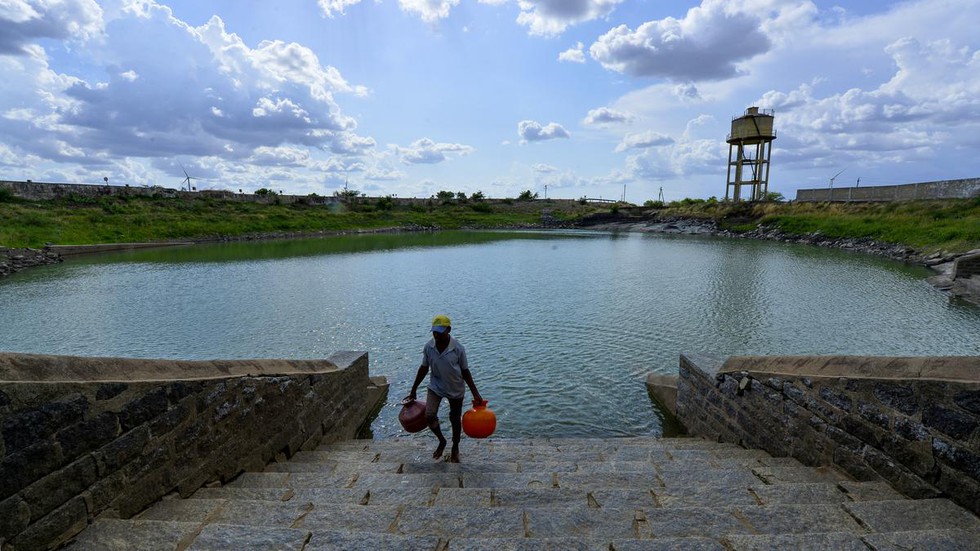
About the Jal Jeevan Mission:
- Jal Jeevan Mission (JJM) was launched in 2019 and is planned to have Functional Household Tap Connections (FHTC) installed in every rural household, supplying each household with 55 litres of water per person per day.
- It comes under the Department of Drinking Water and Sanitation, Jal Shakti Ministry.
- The fund ratio shared between the Centre and the State:
- for Himalayan (Uttarakhand, Himachal Pradesh) and the North-Eastern States is 90:10;
- for Union-Territories, it is 100:0; and
- For the rest of the states, it is 50:50.
- It is mainly concentrated on areas such as substantial information, education, and communication, focused on a community-based approach.
- This mission will also concentrate on source sustainability measures, such as recharge and reuse through greywater management, water conservation, and rainwater harvesting.
- As per the survey reports, Only 5% of the total, about one crore households out of nearly 19.5 crore households where work hasn’t even begun, are targeted under the scheme.
- There is a system of ‘certification’ wherein the gram panchayats in a village which district and block level authorities report as fully connected call a quorum, and upload a video attesting to the veracity of the claim.
- There are two mechanisms for independent verification:
- Independent audit agency that conducts a survey by preparing a representative sample and interviewing respondents on whether the installed water connections are actually delivering water to their satisfaction.
- National WASH (Water, Sanitation, and Hygiene) experts who appraise a section of villages on the quality of services provided.
- Only 58,357 villages have been so ‘certified’ of the nearly 1,68,000 villages that are reported as ‘Har Ghar Jal’ where all houses have tap water, suggesting that the gap between reported and verified connections is wide.
- States like Punjab (99.9%), Himachal Pradesh (97.2%), and Bihar (96%) are nearing to fulfil the Har Ghar Jal motto.
- The broad objectives of the Mission are:
- To provide FHTC to every rural household.
- To prioritise provision of FHTCs in quality affected areas, villages in drought prone and desert areas, Sansad Adarsh Gram Yojana (SAGY) villages, etc.
- To provide functional tap connections to Schools, Anganwadi centres, GP buildings, Health centres, wellness centres and community buildings.
- To monitor functionality of tap connections.
- To promote and ensure voluntary ownership among local community by way of contribution in cash, kind, and/ or labour and voluntary labour (shramdaan),
- To assist in ensuring sustainability of water supply system, i.e., water source, water supply infrastructure, and funds for regular O&M.
- To empower and develop human resources in the sector such that the demands of construction, plumbing, electrical, water quality management, water treatment, catchment protection, O&M, etc. are taken care of in short and long term.
- To bring awareness to the various aspects and significance of safe drinking water and involvement of stakeholders in manner that makes water everyone's business.
4. LIGO Detectors

About Gravitational Waves:
- Gravitational waves were first detected in 2015 using an experiment involving Laser Interferometer Gravitational Observatory (LIGO) detectors.
- But those waves were of high frequency and believed to have been produced by the merger of two relatively small black holes that took place about 1.3 billion years ago.
- Scientists have been looking for low-frequency gravitational waves for decades. They believed that such ripples are perpetually rolling through space like background noise.
- Pairs of supermassive black holes, sitting at the centre of galaxies, merge across the universe, generating gravitational waves. This breakthrough provides enough data to suggest that there is a gravitational wave background which exists in our universe.
- To discover low-frequency gravitational waves, scientists used entirely different technologies that were carried out by radio astronomers representing five different international teams, including Indian Pulsar Timing Array (InPTA).
- The researchers used six large radio telescopes around the world, including the one in Pune, to study objects called pulsars, distant rapidly-rotating neutron stars that emit pulses of radiation, observed from the Earth as bright flashes of light.
- These bursts take place at exact intervals, and therefore scientists use pulsars as ‘cosmic clocks.
- After examining 25 pulsars over 15 years, Scientists have proposed that the observed inconsistencies were due to deformities caused in space-time by gravitational waves. These irregularities showed consistent effects of the presence of gravitational waves.
About LIGO:
- LIGO is an international network of laboratories that detect the ripples (gravitational waves) in space-time produced by the movement of large celestial objects like stars and planets.
- These ripples were first postulated in Albert Einstein’s general theory of relativity, which encapsulates our current understanding of how gravitation works.
- The LIGO detectors are sensitive to distance changes that are several orders of magnitude smaller than the length of a proton.
- The experiment works by releasing light rays simultaneously in both chambers. Usually, the light should return at the same time in both chambers.
- However, if a gravitational wave passes through, one chamber elongates while the other squishes, resulting in a phase difference in the returning light rays. Detecting this phase difference confirms the presence of a gravitational wave.
What is Space-time?
- In Special Theory of Relativity, Einstein proposed that space and time don’t exist as independent entities, combining the three dimensions (height, width and depth) of space and one dimension of time into a single four-dimensional continuum, known as space-time.
5. Artemis Accord

About Artemis Accord:
- Artemis, named after the Greek Moon goddess, represents a comprehensive agreement drawn up by the US to bring together nations that share a common vision for civil space exploration.
- It serves as a framework for cooperation and collaboration in space exploration, building upon the foundation of the Outer Space Treaty of 1967.
- The Artemis Accords were jointly launched by the United States Department of State and NASA on October 13, 2020, with seven partner countries, such as Canada, Italy, Japan, Luxembourg, UAE, and the UK.
- The Accords have been signed by 26 countries as of June 23, including the original eight. These include traditional US allies like Japan, Australia, the UK, France, and Canada, but also countries with relatively less developed space programmes like Colombia, Rwanda, Nigeria, and Mexico.
- The principles of the Artemis Accords include
- peaceful exploration,
- full transparency in space activity,
- including public release of scientific data,
- interoperability of systems to enhance safety and sustainability,
- emergency assistance to personnel in distress,
- preserving outer space heritage,
- extracting and utilising space resources in compliance with the Outer Space Treaty, and
- The safe disposal of orbital debris.
- The Artemis programme includes plans for a base on the lunar surface, multiple spacecraft to ferry humans and cargo, an orbiting space station, and a constellation of satellites to help with navigation and communication. The first Artemis crewed mission to the moon’s surface is likely in 2026.
- NASA is also keen to emphasise that the Artemis programme will take the first woman, and the “first person of colour”, to the moon.
- By joining the Artemis Accords, ISRO gains access to valuable technologies and opportunities for scientific and technological advancements. Collaboration with NASA would enable knowledge-sharing and technology transfer and enhance India’s space exploration efforts.
- The joint mission to the International Space Station (ISS) in 2024, coupled with the Gaganyaan human module flights, would set the stage for India to raise its space aspirations
6. Nano Urea
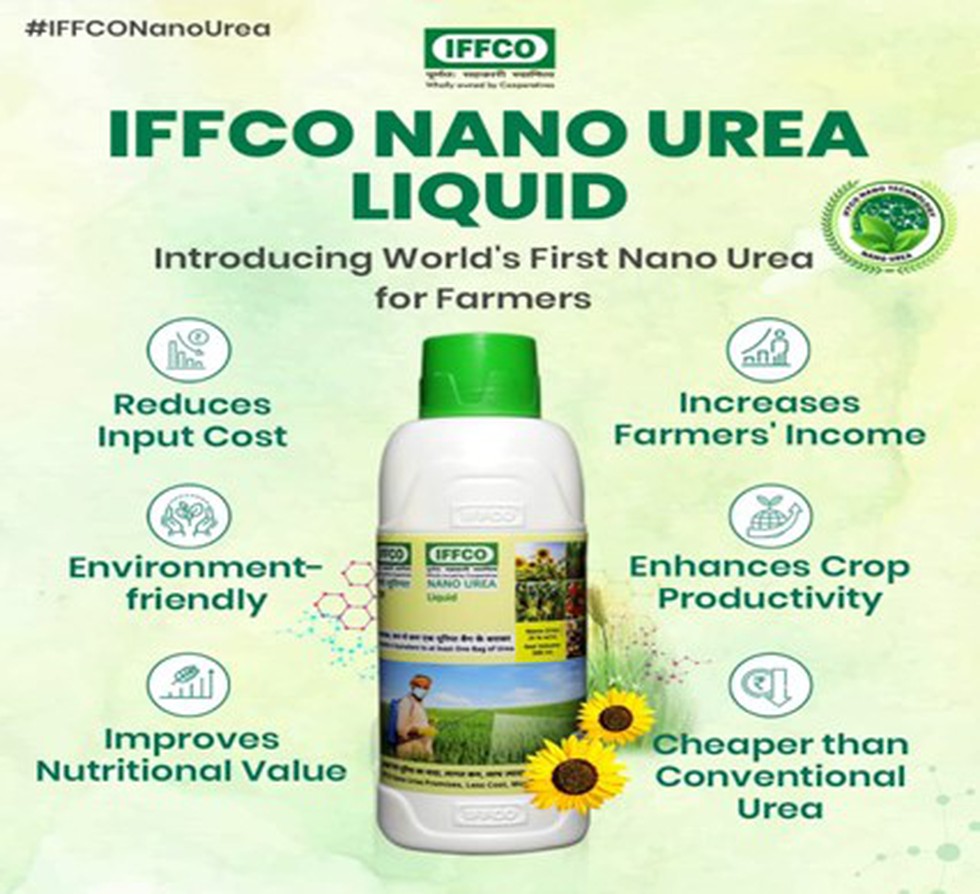
Why in News?
- The ministry is aiming to manufacture 44 crore bottles of Nano Urea by the year 2025.
- To achieve the target nine plants will be set up across the country.
About Nano Urea:
- It is a nanotechnology-based revolutionary Agri-input that provides nitrogen to plants.
- It is developed and patented by the Indian Farmers Fertiliser Cooperative Limited (IFFCO).
- IFFCO Nano Urea is the only nano fertilizer approved by the Government of India and included in the Fertilizer Control Order (FCO).
- Features:
- Compared to conventional urea prill, Nano Urea has a desirable particle size of about 20-50 nm and more surface area (10,000 times over 1 mm urea prill) and number of particles (55,000 nitrogen particles over 1 mm urea prill).
- It contains 4.0 % total nitrogen (w/v).
- Merits of Nano Urea:
- The urea absorption rate by crops is 80 percent in the case of Nano Urea whereas the traditional urea absorption rate is only 30 percent.
- Nano Urea is cost-effective and demonstrated an increase in crop yield.
- It is produced by an energy-efficient, environment-friendly production process with less carbon footprints.
- It is also easy to store than urea bags.
- A target has been set to achieve self-reliance in the production of Urea to reduce dependence on imports.
7. Crop Residue Management
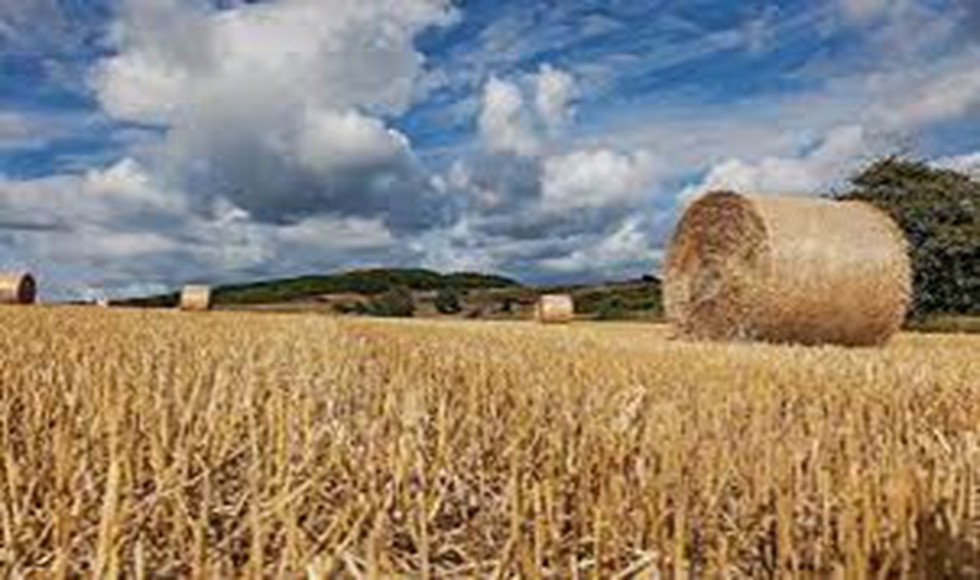
About Crop Residue Management guidelines:
- As per the revised guidelines, techno-commercial pilot projects for Paddy Straw Supply Chain will be established under the bilateral agreement between the Beneficiary/Aggregator and Industries utilizing the paddy straw.
- The beneficiary or aggregator can be Farmers, rural entrepreneurs, Cooperative Societies of Farmers, Farmers Producer Organizations (FPOs) and Panchayats.
- The govt. shall provide financial assistance on the capital cost of machinery and equipment.
- Project proposal-based financial assistance will be extended for machines and equipment such as higher HP tractors, cutters, tedder, medium to large balers, rakers, loaders, grabbers and tele-handlers.
- State Governments shall approve these projects through project sanctioning committee.
- Funding pattern:
- The Centre and state governments will jointly provide financial support of 65 per cent of the project cost, while the industry as primary promoter of the project will contribute 25 per cent.
- The remaining 10% will be contributed by beneficiary or aggregator.
- The land for storage of the collected paddy straw will be arranged and prepared by the beneficiary as may be guided by the end use industry.
The Outcomes of the above interventions are:
- Supplementing in-situ options: The initiative will complement the ongoing efforts for paddy straw management through in-situ methods.
- Reduction in stubble burning: It is estimated that during the three-year duration of the interventions, approximately 1.5 million MT of surplus paddy straw will be collected, which would have otherwise been burnt in the fields.
- Creation of biomass collection depots: Around 333 biomass collection depots with a capacity of 4,500 MT will be established in the states of Punjab, Haryana, Uttar Pradesh, and Madhya Pradesh.
- Reduced air pollution: The project will significantly contribute to reducing air pollution caused by stubble burning, leading to cleaner and healthier environments.
- Job creation: The interventions are expected to generate employment opportunities for approximately 900,000 man-days.
- Encouraging a robust supply chain: The establishment of a paddy straw supply chain will facilitate its availability for various end-uses such as power generation, heat generation, bio-CNG, etc., by power/bio-CNG/bio-ethanol producers.
- Stimulating investments: The development of a supply chain will attract new investments in the biomass-to-biofuel and energy sectors.
8. India-France Maritime Partnership Exercise

About India-France Maritime Partnership Exercise:
- INS Rana, a guided missile destroyer and INS Sumedha, an indigenously built offshore patrol vessel were from the Indian Navy side.
- The French Navy’s La Fayette class frigate Surcouf participated in a variety of activities with Indian Navy ships.
- The Exercise included tactical manoeuvres, replenishment at sea approaches, air defence against fighter aircraft and cross deck helicopter operations.
- Location: Bay of Bengal.
- The Partnership Exercise signifies the strong navy-to-navy links, interoperability and strong bonds between Indian Navy and French Navy.
- Other Exercises with France:
- VARUNA: NAVAL EXERCISE
- FRINJEX: MILITARY EXERCISE
- GARUDA: AIR FORCE EXERCISE
9. State Disaster Response Fund
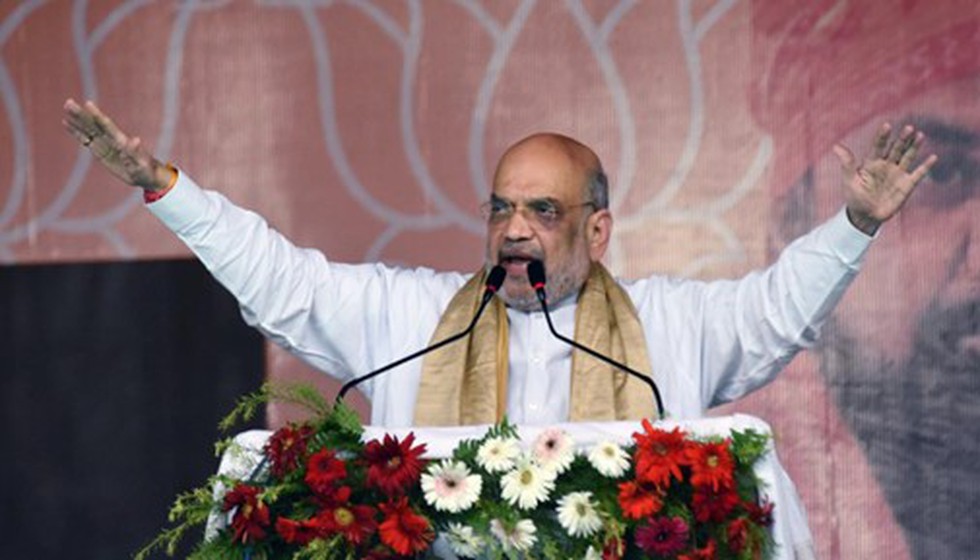
Why in News?
- The amount includes1,209.60 crore as Central share of the State Disaster Response Fund (SDRF) to four States (Chhattisgarh, Meghalaya, Telangana, Uttar Pradesh) for year 2022-23 and Rs.4,984.80 crore to 15 States (Andhra Pradesh, Arunachal Pradesh, Assam, Bihar etc.)
- The release of funds will help States undertake relief measures during the current Monsoon season.
State Disaster Response Fund:
- The State Disaster Response Fund (SDRF), constituted under Section 48 (1) (a) of the Disaster Management Act, 2005.
- It is the primary fund available with State Governments for responses to notified disasters.
- Contribution:
- The Central Government contributes 75% of SDRF allocation for general category States/UTs and 90% for special category States/UTs (NE States, Sikkim, Uttarakhand, Himachal Pradesh, Jammu and Kashmir).
- Disaster (s) covered under SDRF: Cyclone, drought, earthquake, fire, flood, tsunami, hailstorm, landslide, avalanche, cloudburst, pest attack, frost and cold waves.
- Local Disaster: A State Government may use up to 10 percent of the funds available under the SDRF for providing immediate relief to the victims of natural disasters that they consider to be ‘disasters’ within the local context in the State and which are not included in the notified list of disasters of the Ministry of Home Affairs.
- Based on the 15th Finance Commission recommendations, the Central Government has allocated over one lakh 28 thousand crore rupees for SDRF for the years 2021-22 to 2025-26.
10. Industrial Park Rating System

About Industrial Park Rating System:
- IPRS was launched by DPIIT in 2018 with the support of the Asian Development Bank (ADB) and the Ministry of Electronics and Information Technology (MeitY).
- Industrial Park Rating System (IPRS) is an extension of the India Industrial Land Bank (IILB) platform which features more than 4,500 industrial parks.
- It is a GIS-enabled database to facilitate investors to identify their preferred location for investment.
- Aim: To rate the country’s industrial parks and special economic zones (SEZ).
- It rates industrial parks across four pillars: internal infrastructure and utilities, external infrastructure and facilities, business support services, and environmental and safety management.
- Industrial Parks and Special Economic Zones (SEZS) are classified into 3 categories: Leaders, Challengers and Aspirants.
- This particular portal is integrated with the industry-based GIS system of the states and Union territories and plot-wise information in these are updated on a real-time basis.
- Industrial Park Rating System Report 2.0
- Based on the findings of the pilot and review of the global approaches, frameworks, and guidelines DPIIT introduced ‘IPRS 2.0’ in Oct, 2021 as a key enabler for identifying additional measures to enhance industrial competitiveness.
- The Globally known frameworks were referred for developing the initial concept of IPRS 2.0 viz. the International Guidelines for Industrial Park (IGIP) developed by United Nations Industrial Development Organization (UNIDO) and the Eco-Industrial Park (EIP) framework developed by UNIDO, World Bank.
What Is a Special Economic Zone (SEZ):
- A special economic zone is an area in a country that is subject to different economic regulations than other regions within the same country.
- They are typically created in order to facilitate rapid economic growth by leveraging tax incentives to attract foreign investment and spark technological advancement.
- The Special Economic Zones (SEZs) policy was launched in April, 2000.
- SEZs being set up under The Special Economic Zones Act, 2005.


.jpg)
.png)

























































































































































.png)
.png)
.png)
.png)
.png)


.png)
.png)
.png)





.png)
.png)






.png)
.png)
.png)
.png)
.png)
.png)
.png)
.png)
.png)

.png)







.png)
.png)


.png)
.png)
.png)


.png)

.png)
.png)





.jpg)

.png)
.png)


.png)

.png)
.png)
.png)

.jpg)

.jpg)


.png)

.png)
.png)
.png)
.png)
.png)
.png)
.png)
.png)
.png)
.png)




.png)

.png)





.png)
.png)
.png)
.png)
.png)
.png)
.png)
.png)
.png)
.jpg)
.png)
.png)
.png)
.png)
.png)
.png)
.png)
.png)
.png)
.png)
.png)
.png)
.png)
.png)
.png)
.png)
.png)
.png)
.png)
.png)
.png)
.png)



.png)
.png)

.jpg)
.jpg)


.jpg)
.jpg)
.jpg)
.jpg)
.jpg)

.jpg)








.jpg)
.jpg)
.jpg)
.jpg)
.jpg)

















.jpg)
.jpg)







.jpg)


















.jpg)
.jpg)






























































































.jpg)
.jpg)


























.jpg)

.jpg)










.jpg)








.jpg)




.jpg)










.jpg)


















.jpg)












































.jpg)














.jpg)
.jpg)
.jpg)





.jpg)

.jpg)
.jpg)





































































.jpg)


































.jpg)
.jpg)
















































.jpg)












.jpg)


.jpg)




.jpg)
.jpg)
.jpg)

.jpg)
.jpg)
.jpg)
.jpg)

.jpg)
.jpg)
.jpg)

.jpg)
.jpg)
.jpg)
.jpg)
.jpg)
.jpg)
.jpg)
.jpg)

.jpg)


.jpg)
.jpg)
.jpg)
.jpg)
.jpg)
.jpg)
.jpg)
.jpg)
.jpg)
.jpg)











.jpg)
.jpg)





.jpg)
.jpg)
.jpg)
























.jpg)
























.jpg)









.jpg)
.jpg)







.jpg)
.jpg)









































.jpg)
.jpg)
.jpg)
.jpg)
.jpg)

.jpg)
.jpg)
.jpg)
.jpg)
.jpg)


.jpg)
.jpg)
.jpg)
.jpg)
.jpg)

.jpg)
.jpg)
.jpg)
.jpg)
.jpg)
.jpg)
.jpg)
.jpg)
.jpg)
.jpg)
.png)

.png)
.png)

.png)
.png)
.png)
.png)


.jpg)
.jpg)

.jpg)
.jpg)
.jpg)

.png)
.png)
.png)
.png)
.png)
.png)
.png)

.png)
.png)
.png)
.png)
.png)
.png)
.png)
.png)
.png)
.png)





































































-min.png)



.png)




.png)








































